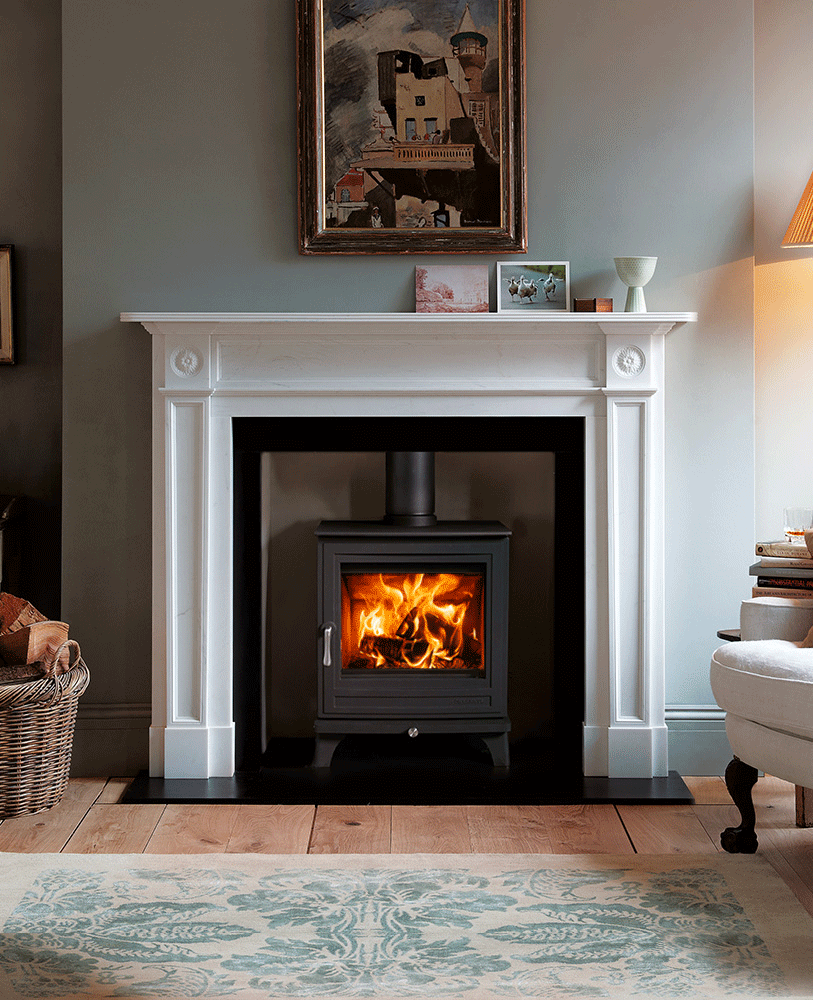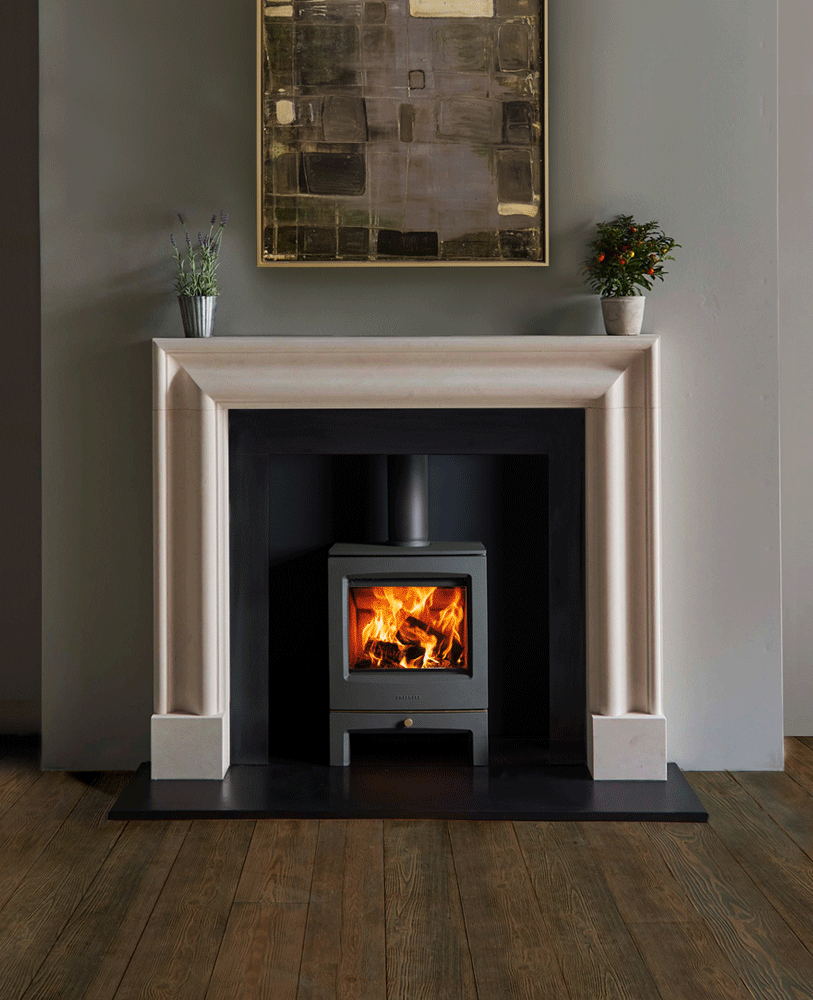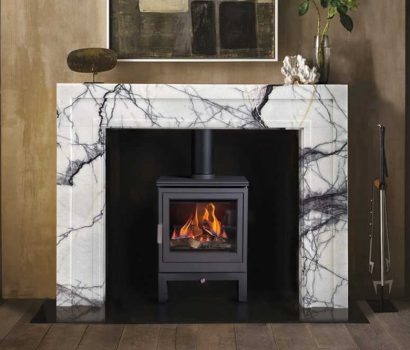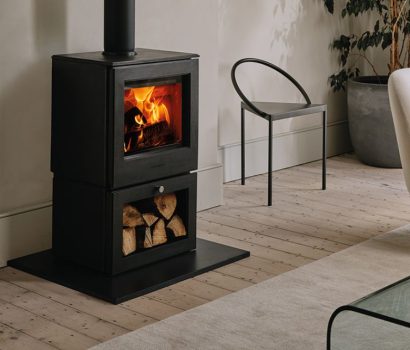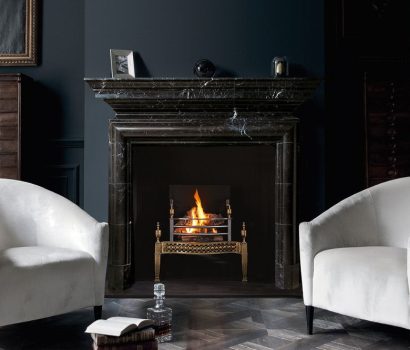Wood Burning Stoves
Our wood burning stoves are outstanding in both their design and performance.
They are up to ten times cleaner than an approved DEFRA exempt stove and deliver efficiency ratings of up to 86%.
We offer two distinctive collections. Our Heritage range of traditional and retro designs, originally
developed in collaboration with The National Trust and a new Contemporary Collection of stunning modern designs.
Need help?
If you need more information or some assistance making a selection from our large range of products, don’t hesitate to get in touch.
Spares
Chesneys genuine replacement spare parts and stone care products can now be purchased directly through our Chesneys online shop.
JOURNAL
Can I Put a TV Above My Fireplace?
When you are investing in a luxury fireplace from Chesneys – whether it’s a fire surround, bioethanol fire, or gas appliance – it is natural to ask whether you can mount a television above the fireplace. The short answer is: yes, in many cases you can. But it depends very much on the type of…
Read More ALL NEWSEXPLORE MORE POSTS
DESIGNER SHOWCASE
Some impressive projects from Chesneys & our design partners


Designer Fireplaces
Victorian Family Home – Bayswater Interiors

Designer Fireplaces
Chelsea Apartment – Studio Vero

Designer Fireplaces
Mayfair Townhouse, London – Argent Design

Designer Fireplaces
Private Residence, Kensington – Layzell Architects
Wood Burning Stove FAQ’s

